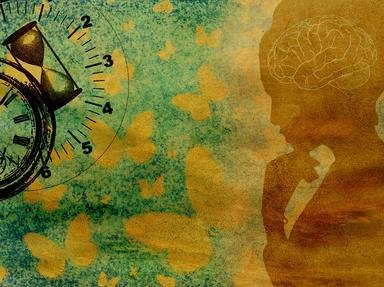Quiz Answer Key and Fun Facts
1. This object was watching me through its eye. What is it commonly used for?
2. I had a large vase full of these feathers. What bird's plumage was "looking" at me?
3. I was in the kitchen and saw some food "looking" at me. What vegetable had sprouted some eyes?
4. I was rummaging in my jewelry box when I found this gem "looking" at me. What is the name of this stone that has an optical phenomenon called chatoyance?
5. Even the weather report on the television seemed to be watching me as the meteorologist tracked a hurricane. True or False: The eye of the hurricane is when the strongest winds and rain occur.
6. Back in my kitchen, this fruit appeared to be staring at me. What is the name of this tropical delicacy in the soapberry family?
7. This animal in my saltwater aquarium seemed to be staring at me. What is the purpose of the fake "eye" on this butterfly fish?
8. I went in my son's room where he has a solar system depicted on his wall. I noticed that even one of the planets was "watching" me. Which one has the Great Red Spot?
9. I took a break in my swing on the porch and noticed that even the hardware was looking at me. What kind of "eye" hardware is this that was holding the chain to the pole?
10. In my garden, I noticed something else "watching" me. What was this, whose scientific name is Hyalophora cecropia?
Source: Author
stephgm67
This quiz was reviewed by FunTrivia editor
agony before going online.
Any errors found in FunTrivia content are routinely corrected through our feedback system.
